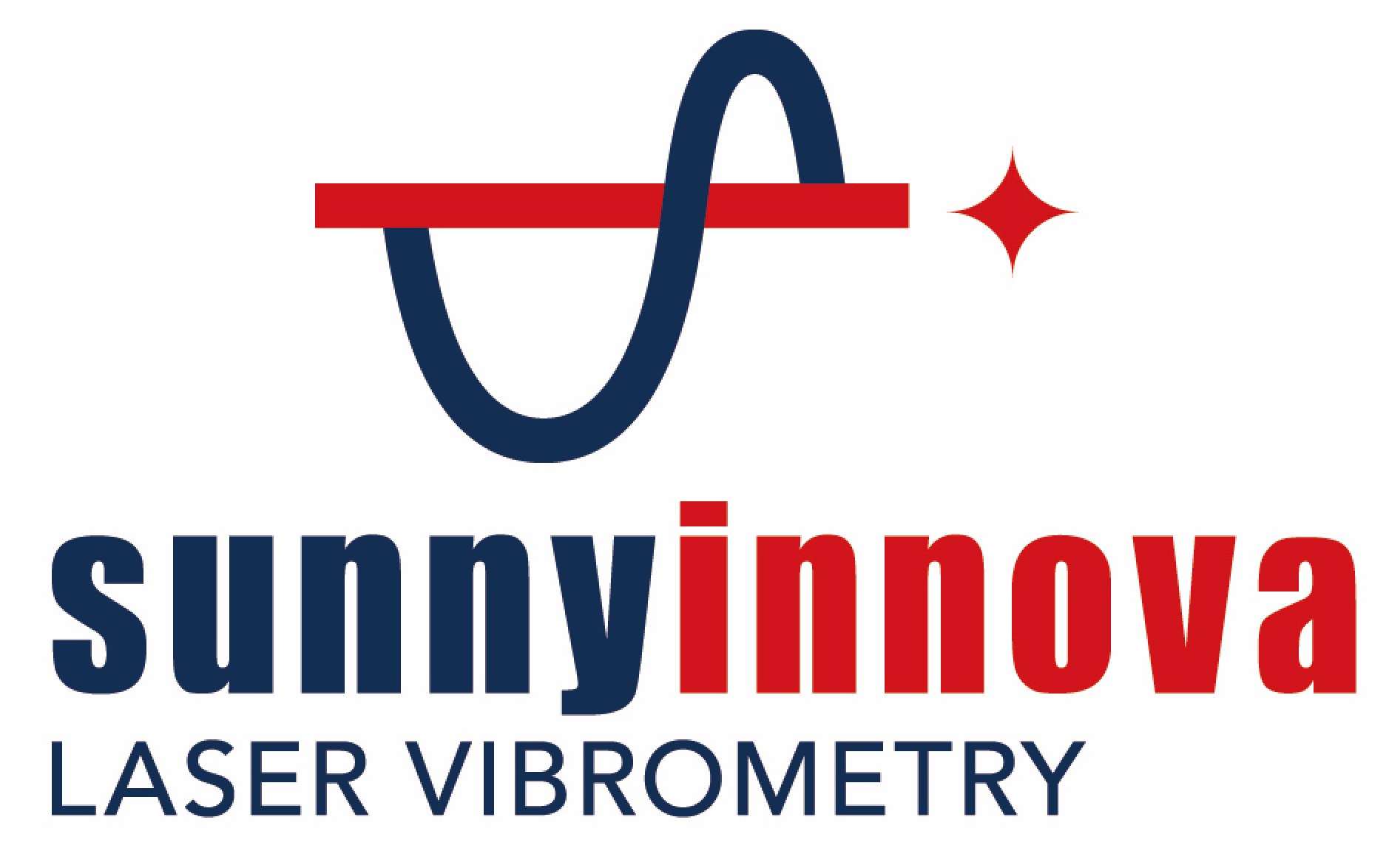workflow automation is the process of using technology to automate repetitive tasks and streamline processes in order to improve efficiency and productivity.
Benefits of Workflow Automation
Workflow automation can lead to increased efficiency, reduced errors, improved compliance, and cost savings. By automating repetitive tasks, employees can focus on more important and strategic work.
Types of Workflow Automation
There are various types of workflow automation, including document approval workflows, task automation, data migration workflows, and more. Each type of automation serves a different purpose and can help organizations achieve their goals more effectively.
Implementation of Workflow Automation
Implementing workflow automation involves identifying processes that can be automated, selecting the right automation tools, designing the workflow, testing and deploying the automation, and continuously monitoring and optimizing the automated processes.
Challenges in Workflow Automation
Some challenges in workflow automation include resistance to change, complexity of processes, integration with existing systems, and security concerns. Overcoming these challenges requires careful planning and strategic implementation.
Best Practices for Workflow Automation
Some best practices for successful workflow automation include involving key stakeholders in the automation process, documenting and analyzing current processes, setting clear goals and metrics for automation, and regularly reviewing and optimizing automated workflows.
Future Trends in Workflow Automation
As technology continues to evolve, the future of workflow automation is likely to involve more advanced artificial intelligence and machine learning capabilities, greater integration with IoT devices, and enhanced collaboration and communication tools.
Use Cases of Workflow Automation
Workflow automation can be applied across various industries and functions, such as HR, finance, marketing, customer service, and IT. Common use cases include employee onboarding, invoice processing, lead nurturing, and incident management.
Measuring the ROI of Workflow Automation
Measuring the return on investment of workflow automation involves tracking key performance indicators such as time saved, cost savings, error reduction, and productivity gains. Demonstrating the tangible benefits of automation is essential for justifying the investment in automation tools and processes.
Conclusion
Workflow automation is a powerful tool for improving operational efficiency, reducing costs, and achieving business objectives. By embracing workflow automation and continuously optimizing automated processes, organizations can stay competitive in today's fast-paced business environment.

